Mold & pebble trays
hj89
13 years ago
Related Stories

DINING ROOMSWays with Moulding in the Dining Room
The Design Detail Adds Drama to These Dining Areas
Full Story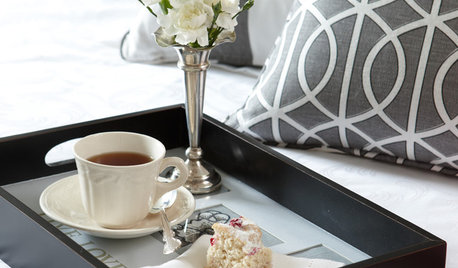
DECORATING GUIDESOrganized Chic: 15 Stylish Ways With Trays
Keep things neat, give yourself a treat or display unexpected art. These ideas will have you looking at your trays with new eyes
Full Story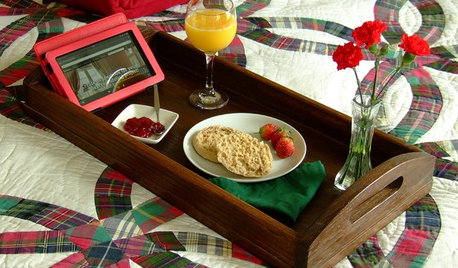
DIY PROJECTSNeat Little Project: Make a Sturdy Wood Serving Tray
New to woodworking? This DIY wood tray project will get you closer to being an old hand
Full Story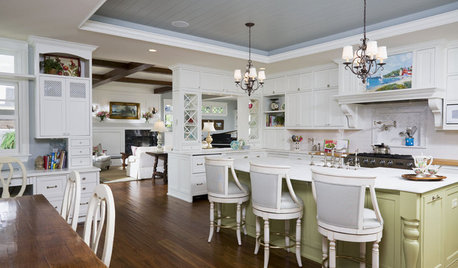
CEILINGSA Dozen Ways To Dress Up Your Tray Ceiling
Lighting, paint, paneling and pattern transform the view from below
Full Story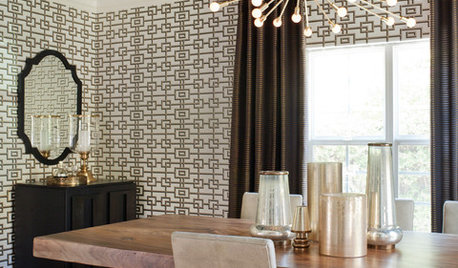
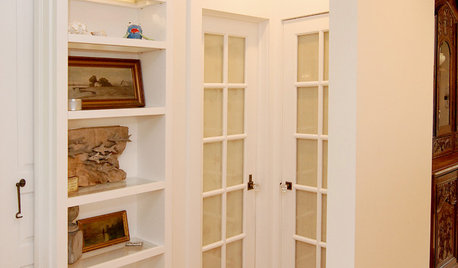
REMODELING GUIDESHow to Size Interior Trim for a Finished Look
There's an art to striking an appealing balance of sizes for baseboards, crown moldings and other millwork. An architect shares his secrets
Full Story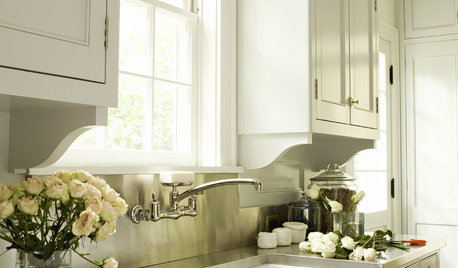
DECORATING GUIDESArchitectural Details Make All the Difference
Are you missing an opportunity to enhance your home with brackets, cabinet feet and moldings?
Full Story
REMODELING GUIDESDecorated Ceilings Are Looking Up
Whether with a simple coat of paint or intricate molding, ceilings are getting some long-deserved attention in interior designs
Full Story
BEDROOMSRoom of the Day: A Bold Design for a Compact Master Bedroom
Bright details, molding and wallpaper that wows turn a functional space into a glamorous sanctuary
Full Story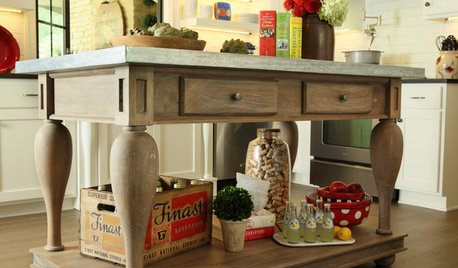
KITCHEN DESIGNKitchen Confidential: 11 Islands With Furniture Style
Break the mold with these nontraditional kitchen islands
Full Story








pirate_girl
tapla (mid-Michigan, USDA z5b-6a)
Related Professionals
Norfolk Landscape Architects & Landscape Designers · Beavercreek Landscape Architects & Landscape Designers · Vernon Hills Landscape Architects & Landscape Designers · East Patchogue Landscape Architects & Landscape Designers · Edmond Landscape Contractors · Woburn Landscape Contractors · Leicester Landscape Contractors · Long Branch Landscape Contractors · Lyndhurst Landscape Contractors · Madera Landscape Contractors · Norwalk Landscape Contractors · Porterville Landscape Contractors · Quincy Landscape Contractors · South Farmingdale Landscape Contractors · Northlake Landscape Contractorshj89Original Author
tapla (mid-Michigan, USDA z5b-6a)